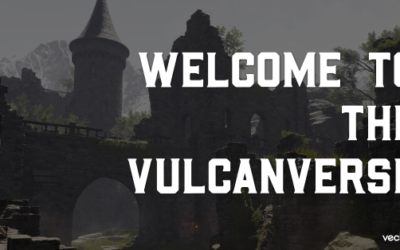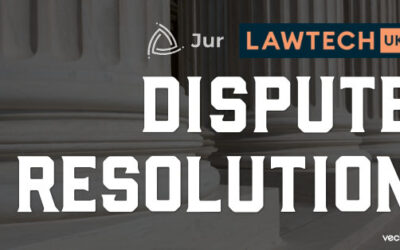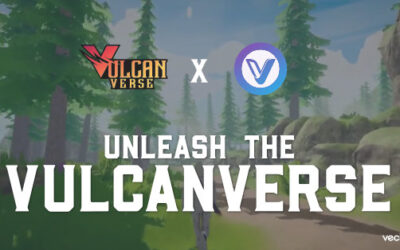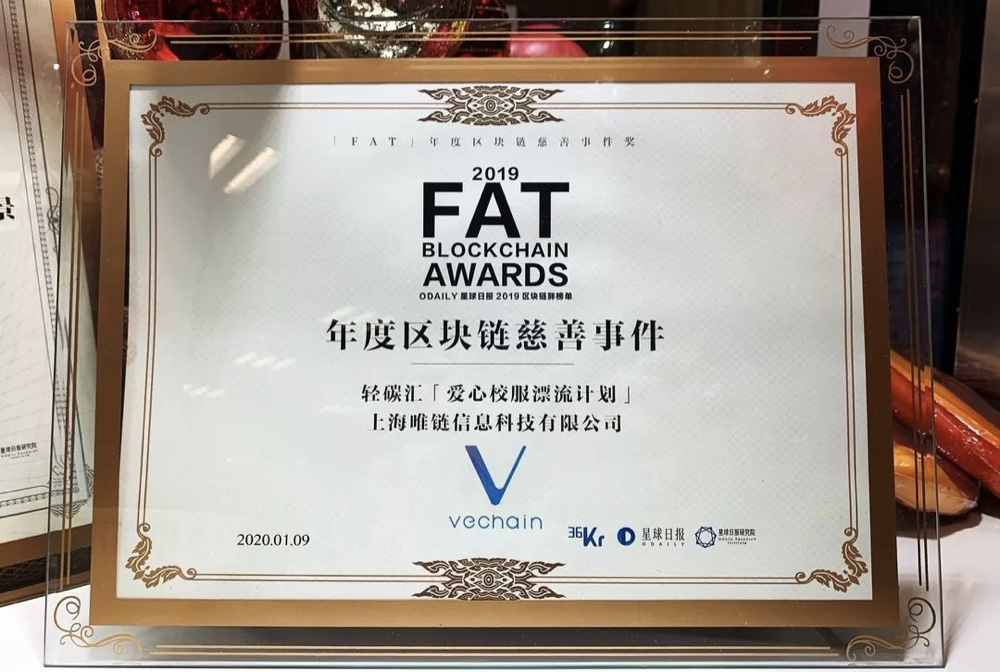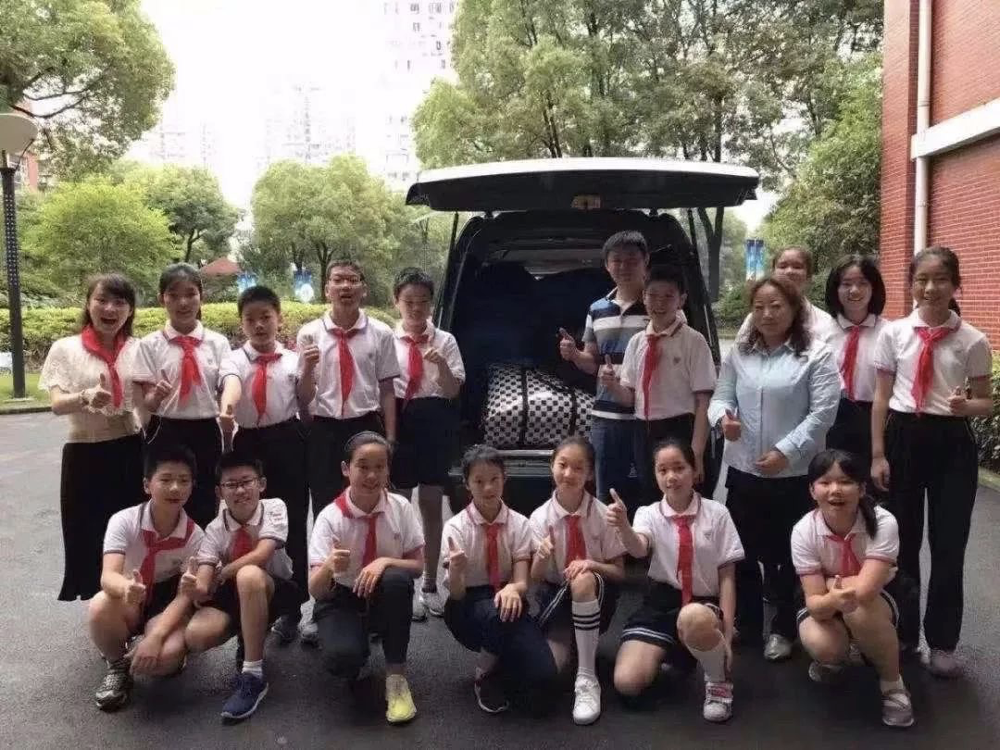Ben Yorke takes a look back at some of the most impactful moments of the passing year. Leave anything out? Let us know on Twitter.
Number Ten: VIP-191 Upgrade
In mid-July, VeChain upgraded their mainnet to include one of the industry’s most simplistic forms of fee delegation – a way for users to upload data or make transactions on the blockchain without paying any gas fees. Enterprises and dApps can “sponsor” their users, allowing the VeChainThor Blockchain to be the most user-friendly platform in town. Developers can hide all this technical stuff in the backend, allowing users a crypto-free experience. Want to know how potent this VIP-191 stuff is? Around 95% of all transactions on the mainnet are now “paid for” using VIP-191. It makes VeChain even more desirable for new projects and businesses looking to get into blockchain.
Number Nine: OceanEx Launches Jur
August 28th – OceanEx inaugurated their IEO platform with the release of the JUR token – reaching the target in less than half an hour, with 5 times the subscription cap being sold in the four-hour window. OceanEx proved it had an active user base, receiving $10 million USD worth of subscription funds. Jur is one of the most unique projects in the entire industry, taking aim at a massive legal tech industry on the rise. By being able to offer businesses and individuals decentralized dispute resolution at practically no cost, the platform’s potential is impressive. Their decision to join the VeChain ecosystem was a major feather in the cap of all-involved parties, and builds an important legal vertical that fits seamlessly with VeChain’s corporate environment.
Number Eight: Haier Ecological Alliance
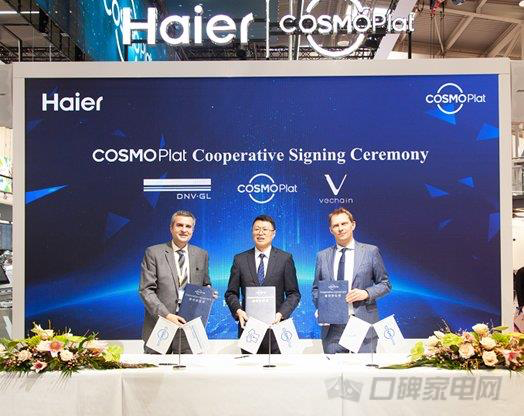
In mid-March, the largest electronics company you never heard of decided to sign an MoU working with DNV GL and VeChain to bring blockchain to their massive industrial IoT ecosystem. Boasting 10% of the global appliance marketshare, and named as the third most valuable brand in China, the Haier Ecological Alliance is not to be taken lightly. While this might take some time before we hear more details, this one has some serious potential and shows the strength of VeChain’s brand value in China.
Number Seven: The Foundation Buyback get Stolen
Not all defining moments are positive, and this one seemed like it was sure to derail some of the momentum VeChain had built up over the year. After some sloppy private key management, $6.6m USD in VET and VTHO was sent from the foundation wallet. VeChainStats.com was quick to alert the team, who set up a dynamic blacklist to thwart the thief before the majority of the funds could be sold. Exchanges stepped in to enforce the blacklist, and after a vote offered to every node holder in the ecosystem, the community democratically decided to permanently uphold the blacklist. So what’s the silver lining? Well, besides .84% of the total supply being effectively burned, VeChain’s community vote was one of the first of its kind. It sends an important message regarding loss control and node participation to potential clients, as VeChain was able to respond and contain the situation in a transparent and timely manner. And while CFO Jay Zhang was forced to step down afterwards, it could act as a wake up call to improve internal management practices and upgrade personnel capable of taking VeChain to the next level.
Number Six: San Marino Innovation Token

Late July brought VeChain closer than ever to government integration, as they signed an MoU with DNV GL and the Republic of San Marino. This carbon credit, dubbed SMIT, will be offered to every citizen of the small country in Central Europe in exchange for eco-friendly activities such as taking public transport and electricity conservation. They can then be redeemed in public stores or for public services, in an attempt to become the first carbon neutral country in the world. Even better, there have been numerous suggestions that this model is being rolled out in San Marino as a demonstration for other countries, as VeChain and world governments take aim at meeting the United Nations’ Sustainable Development Goals.
Number Five: Macron & Xi Jinping Dine on French Beef
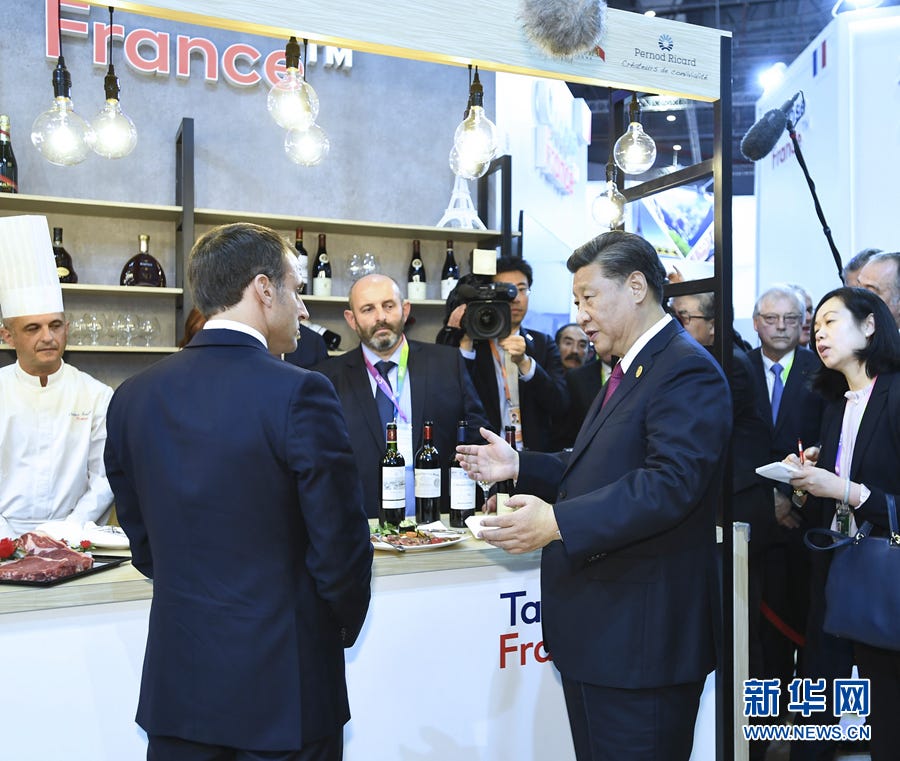
China International Import Expo (CIIE) was the scene of a big VeChain announcement for the second year in a row, with DNV GL, ASI Group, and VeChain teaming up to create Foodgates, a food traceability platform linking France and China. French president Emmanuel Macron and China’s Xi Jinping attended an event where beef certified by DNV GL and verified by VeChain was served, further proving how seriously political leaders are taking the next generation of food safety measures. Foodgates can link French producers to the valuable but oft-counterfeited Chinese market, accelerating trade and building trust between consumers and brands. What’s more, this style of platform can be replicated everywhere, as seen with Norway in a Box specializing in Nordic seafood and other high-quality Scandinavian products. It’s only a matter of time before other European countries, and the rest of the world for that matter, follow suit.
Number Four: ToolChain Launches

We’ve all heard about VeChain’s enterprise solutions, but why can’t small businesses use it as well? With the summer time launch of ToolChain 1.0, suddenly businesses of all size could create SKUs, order IoT or QR tags, and design attractive layouts to display their immutable product data. We soon saw shoe designers like Singapore’s SBTG and Australia’s Chase Shiel get in on the action, telling the story of their creations while proving authenticity and empowering a secondhand market. ToolChain is also a stroke of brilliance in the Chinese market, where companies can pay in fiat to use the blockchain, removing any direct interactions with cryptocurrencies, a sensitive regulatory issue. At the end of December, China’s Ministry of Public Security approved the use of ToolChain, giving VeChain yet another endorsement by China’s top leadership.
Number Three: DNV GL’s Big Announcement
Testing, Inspection, and Certification is a massive industry, and this is an area where DNV GL really shines. So it was no surprise when Renato Grottola of DNV GL announced at the Wanxiang Summit in Shanghai that they would be moving all their client’s certificates on to the VeChainThor blockchain. They announced they would have over 900K client wallets by Q1 of 2020, as they built an entire portal of client services based around the blockchain. Early this year, they worked with Deloitte to migrate all their previous certificates from Ethereum, giving the mainnet a real test ride in the process. Averaging speeds of around 20 transactions per second, VeChain’s dynamic throughput swelled impressively to handle the extra traffic without a hiccup.
Number Two: VeChain Summit 2019

April brought the first ever VeChain Developer Summit to downtown San Francisco, giving the world a real glimpse at the rapidly growing ecosystem. Keynote speakers from Deloitte, DNV GL, Microsoft, Stanford University, and BMW wowed audiences with a look at some of the solutions being built, while developers and investors got to interact face-to-face with the team and key partners. We got a quick look at VerifyCar, BMW’s NDA-protected project, while VeChain’s CTO Gu Jianliang showed off some of VeChain’s own hardware solutions for the first time. Any doubts about the legitimacy of VeChain’s partners were put to rest at this iconic event – giving VeChain a hard act to follow in 2020.
Number One – Walmart China

While fancy MoU’s and signing ceremonies are great for headlines, seeing Walmart China’s Food Traceability Platform light up the mainnet in late June was an important step for the entire public blockchain industry. With plans to expand to over 100 product lines, Walmart China is incentivizing their vast network of independent suppliers to provide Walmart’s customers with more accountability and product data. This caught the attention of the national media in China, gaining recognition and winning awards in the process. Working with PwC to develop this platform, Walmart China’s decision to select VeChain should tell you all you need to know about the future of the project – and bodes well for future mainnet volume.
Tying up loose ends
Creating a “Top Ten List” is never easy, and there were some obvious oversights in this list. I left out the updated whitepaper and BRIBA alliance (Belt & Road Initiative) because I felt it was too early to gauge the impact. There were so many other moments and announcements that stood out as well, so if you feel like I butchered this list, send me an email or let me know on Twitter!







